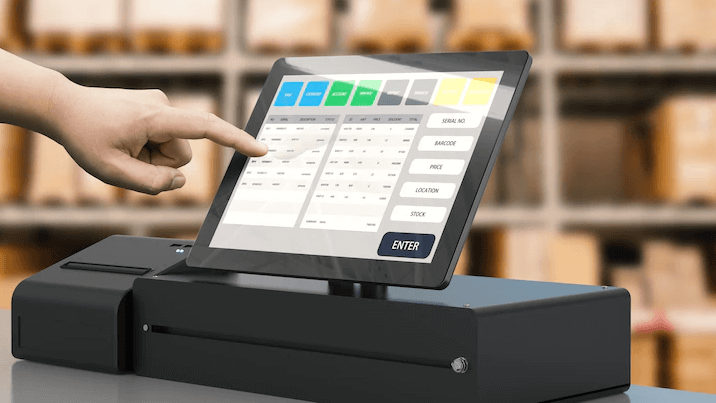The tools that drive the retail and service sector are evolving. The current POS system is at the heart of this change. It’s an amalgamation of sytems and hardware that surpass cash registers, receipts and other basic features. The emphasis is no longer just on capturing payments. Today, the point of sales experience is about operational intelligence, customer insight, and seamless integration across every aspect of the business.

POS Software: The Heart of the System
Point of Sale POS software functions as an administrative center that can handle basic transactions. It keeps track of the inventory sold, update stock levels automatically and also sends out alerts whenever stocks of a product are low. It tracks sales as well as customer preferences and converts every transaction into valuable information that can help determine future marketing and buying strategies.
A good POS system’s ability for linking departments is one of its most overlooked features. Instead of managing payroll separately, for example, some systems have a time clock feature which directly informs employee schedules and wage calculations. This creates an efficient workflow, with less administrative hassles.
For businesses that have both a physical and online presence today’s POS software comes with vital syncing capabilities. In-store merchandise can be synced with online stock in real time, preventing mismatches or double-selling. When shopping trends shift towards the hybrid purchase where consumers shop online but pick up items in stores, this integrated approach becomes vital.
The reason why integration is more crucial than ever
Modern POS systems are a great example of integration. The times of juggling several tools that did not “talk” to one another are long gone. A reliable POS platform is defined by its capacity to connect sales, inventory management, staff management and accounting.
Consider customer experience for instance. A simple scan at the point of purchase can pull up the loyalty points of a customer and then apply the discount to them and then send an e-receipt directly to their inbox without slowing the process. On the back end, the same sale is used to update the revenue totals inventory availability, as well as daily reports. This gives you an easier shopping experience and reduces the need for manual input.
For managers and business owners this kind of information is crucial. They can adapt their pricing strategies, and react to market trends quicker with accurate live data.
A smart investment with a long-term Payoff
It’s no wonder that many companies invest in POS systems. They provide tangible outcomes. It’s not just in speed and accuracy, but in the way they support smarter decision-making and long-term growth. Whether you’re running a single-location cafe or a thriving retail chain, a well-integrated POS point of sale software can improve efficiency and identify patterns you could have missed.
Modern day point-of-sale is extremely efficient, yet quiet, part of the overall customer experience. Today, customers expect speedy checkouts, accurate updates of inventory and the capability to pay online. Companies that are able to meet these points build stronger trust and can earn frequent visits.
Final Thoughts
Modern POS is much more than a instrument for completing checkouts. It’s a link between your employees, you and customers. A POS system that’s appropriate for your business can help you make better choices and make your business more efficient.
In a highly competitive marketplace staying ahead requires being well-informed, agile and customer-centric. If you have a well-designed and integrated POS system your side, you not only are you making sales but also creating something lasting.
